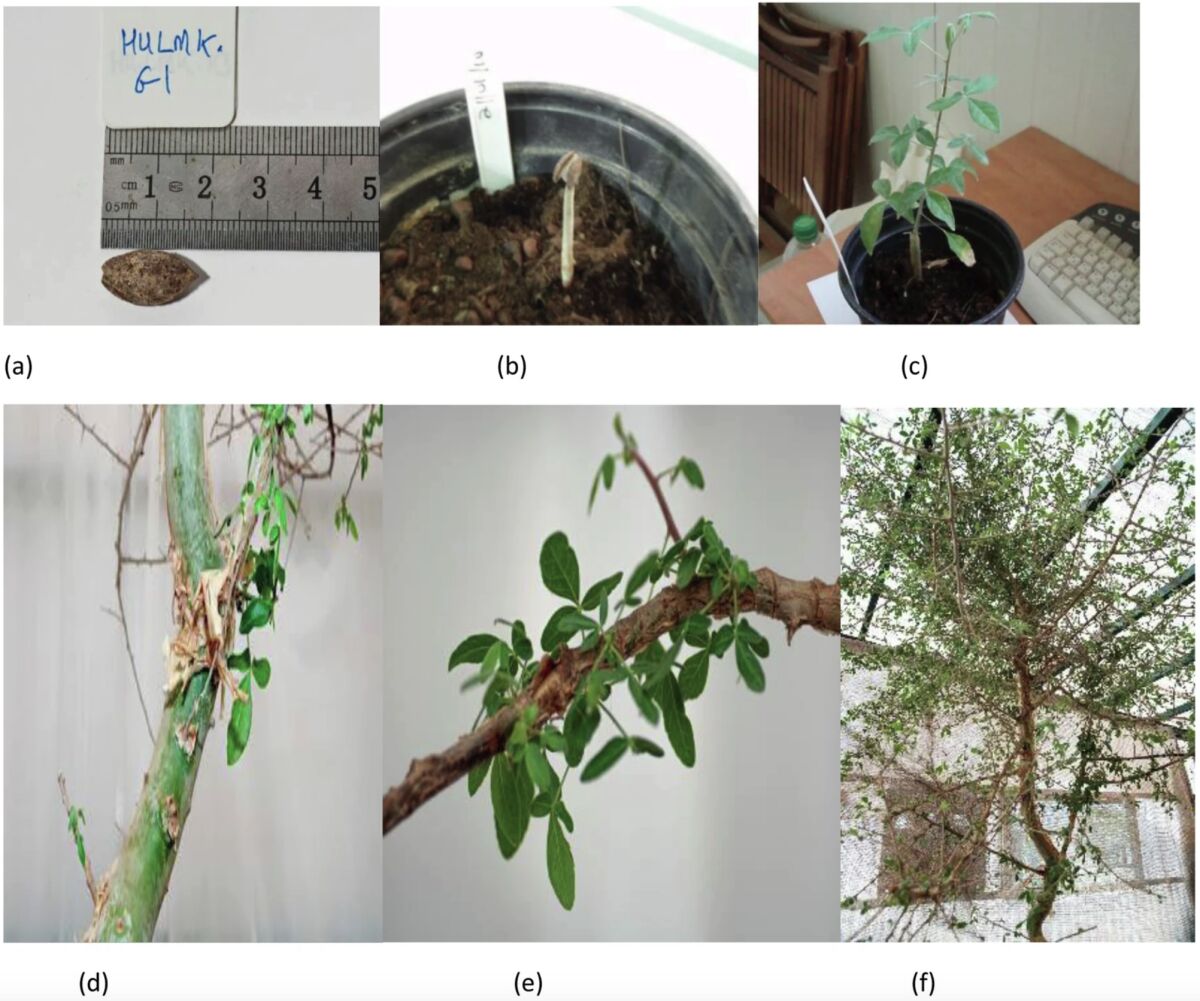Scientists have revived a 1,000-year-old seed from the Judean Desert that may have biblical roots—quite literally—according to a study published in late September.
The seed, informally named “Sheba,” was first discovered by archaeologists in the 1980s in a Judean desert cave. Planted by Dr. Sarah Sallon in 2010 from the Hebrew University’s archaeology department, the tiny artifact has since grown over the past 14 years to a 3-meter-tall tree. The seed belongs to the genus Commiphora but is unique amongst the other species of this genus to date.
Chemical analysis revealed that this particular tree, although lacking in fragrant characteristics, has high medicinal properties. This is interesting because the Bible discusses a balm—notable not for its fragrance, but for its medicinal value. Originally the scientists thought this tree may be a candidate for the “Judean Balsam,” or “Balm of Gilead,” species. That theory has since changed.

In a Communications Biology journal article titled “Characterization and Analysis of a Commiphora Species Germinated From an Ancient Seed Suggests a Possible Connection to a Species Mentioned in the Bible,” authors Sallon, Elaine Solowey, Morgan Gostel, Markus Egli, Gavin Flematti, Björn Bohman, Philippe Schaeffer, Pierre Adam and Andrea Weeks write: “We believe these findings support our second hypothesis, that ‘Sheba,’ an unknown Commiphora species with a unique genetic fingerprint, may represent an extinct (or at least extirpated) taxon once native to this region, whose resin ‘tsori’ mentioned in Biblical texts was valuable, associated with healing but not described as fragrant.”
In Genesis 43:11, Jacob instructs his sons to go to Egypt with gifts, one of which is tsori (צרי), this medicinal balm. This indicates that it was a valuable item. It is also referenced by the prophets in Jeremiah 8:22; 46:11; 51:8 and Ezekiel 27:17. “Go up into Gilead, and take balm [tsori], O virgin daughter of Egypt,” wrote the Prophet Jeremiah. “In vain dost thou use many medicines; There is no cure for thee” (Jeremiah 46:11). He continued: “Babylon is suddenly fallen and destroyed, Wail for her; Take balm [tsori] for her pain, If so be she may be healed” (Jeremiah 51:8).
In an interview with the Jerusalem Post, Dr. Sallon stated: “We are increasingly convinced that it’s the original Commiphora that once grew here in the Bronze Age (around 1800 b.c.e.), a native plant well adapted to the Dead Sea area and source of this valuable resin, tsori. Maybe 1,000 years ago, a few of these trees were still left. But when we realized that there was nothing (genetically) like it, I had a eureka moment.”
Dr Sallon is no stranger to resurrecting ancient seeds, as she and others have successfully produced multiple trees from a 2,000-year-old date seed they aptly named “Methuselah.”
Reviving ancient seeds helps us peer into history and the Bible through a living lens, better helping us understand the landscape of the past.

